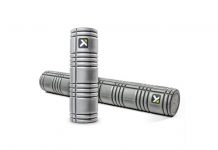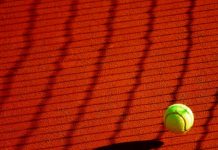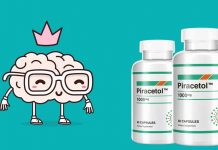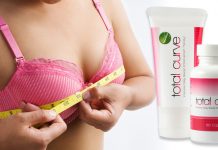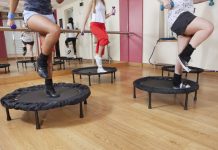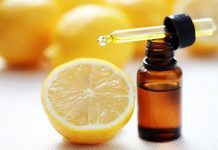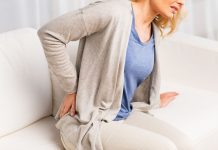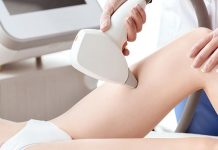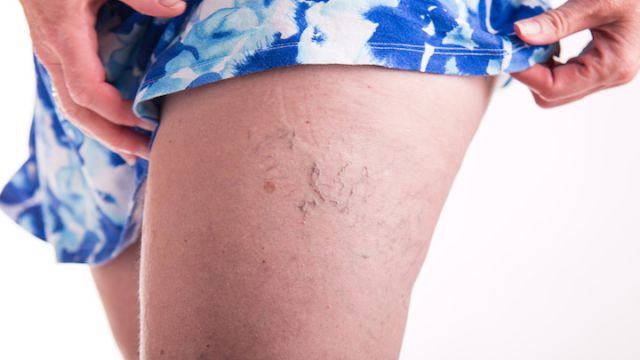
Varicose veins are enlarged veins that are mostly found in legs and feet. Other parts of the body may experience this condition but legs and feet are susceptible the most because standing or walking make varicose veins a little more obvious.
Varicose veins in depth
Varicose veins can happen to anyone younger or older, and on rare occasions, the interior vein in the leg may become varicose that are invisible to plain eyes. Their effect is usually felt with deep excruciating pain, swelling and an ache that can persist throughout the day and in the entire leg that is affected. Sometimes, blood clot can happen, and for some people, this could be a familiar trait as well. What it means is that most varicose veins need not be a matter of concern as they may disappear within a day or two. Exercise in this situation helps a lot.
Warming up
Here we are not suggesting that you do some form of rigorous exercise in order to get rid of varicose veins. In fact, exercising rigorously may damage the vein even further. Instead, do a warm up – the kind of movement that will simply prevent re-injuring the area that is already hurt. When you warm up your legs with varicose veins, it means you are raising its temperature which in turn will drive oxygenated blood into the legs. You get the heart pumping the maximum amount of oxygen throughout the body while eliminating waste products.
The warm up helps nervous system respond to the demands of the body, in this case to an anomaly like varicose veins. Warming up can also create stability in your leg and your ability to bear pain. So, think of warming up as a first aid for your varicose veins. This routine should take about 20 minutes, on average, depending on your needs and level of fitness. Once you have completed warm up, you are ready to get to work out, that may include walking short distance or yoga.
Also read: Best natural prostate supplements >>
Stretching out
Stretching is good for your legs and arms when varicose veins are present. It not only makes your leg pain less obvious, but one of the best remedies for just about anything that is a cause of concern to you. Done right and on a daily basis, it is one of the best things you can do for twisted veins and is certainly the best start for any exercise routine.
Stretching can help you regain or maintain flexibility in the legs as well. Of course, there may be situations when you cannot stretch while having varicose veins. But don’t let the lapse stay that way. Try the next day or when you feel that you are able to stretch. After all, it is not that stretching your body requires special equipment or rigorous body movement. Nor does it do any harm to veins when the pain from varicose veins is minimal.
Range of motion
The purpose of range of motion is to reduce the stiffness when varicose veins are present. It also increases flexibility and gives your legs the strength to perform daily activities. One thing to note here – do not force these movements. Make sure to breathe throughout the exercise. For more information on the level of exercise, consult your physician or therapist and ask for advice.
Also read: Unique fat burning supplement Instant Knockout >>


